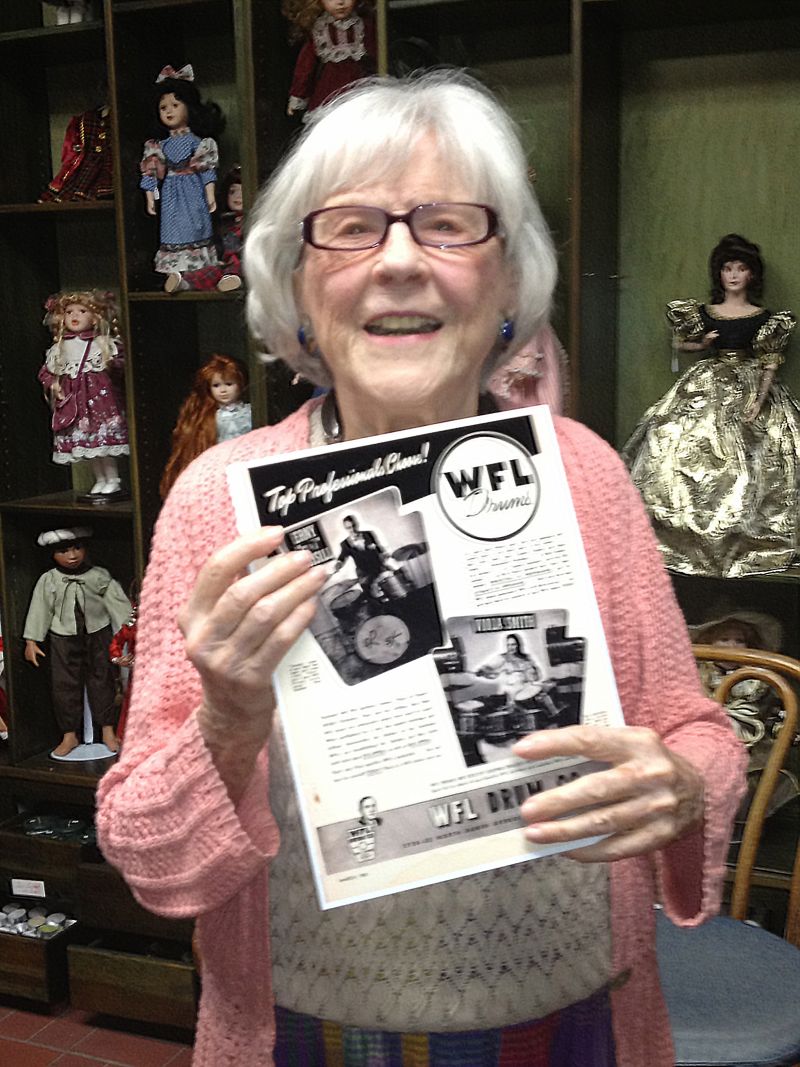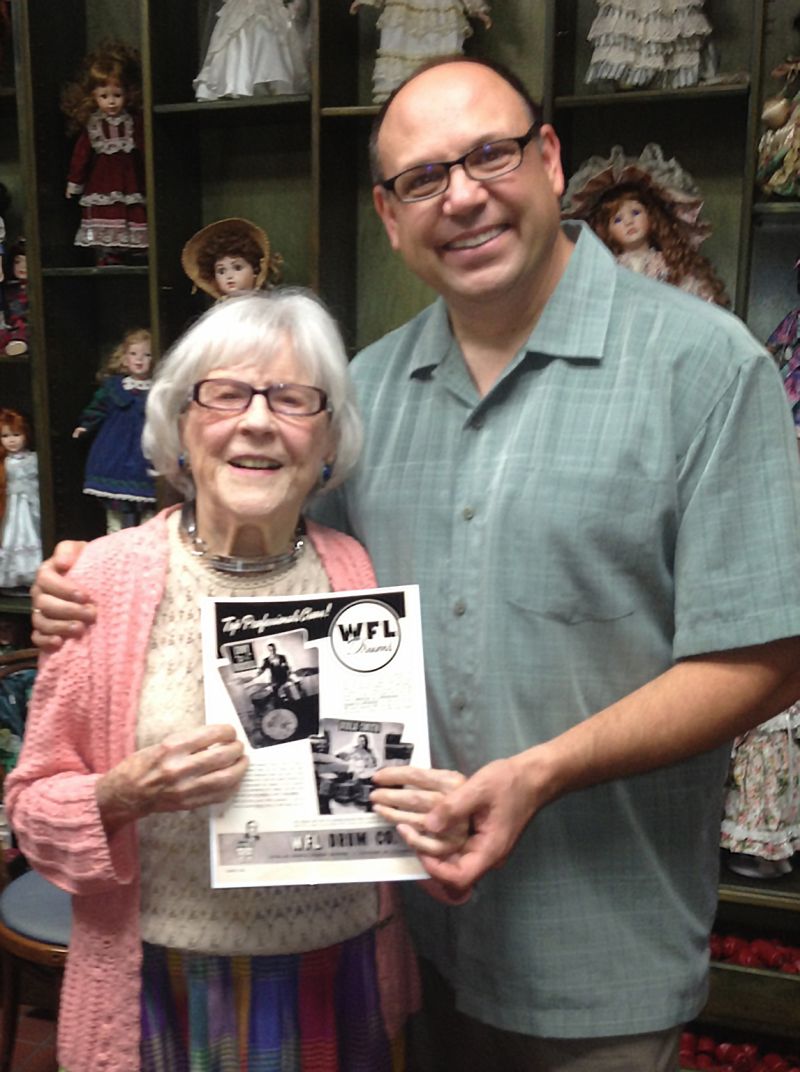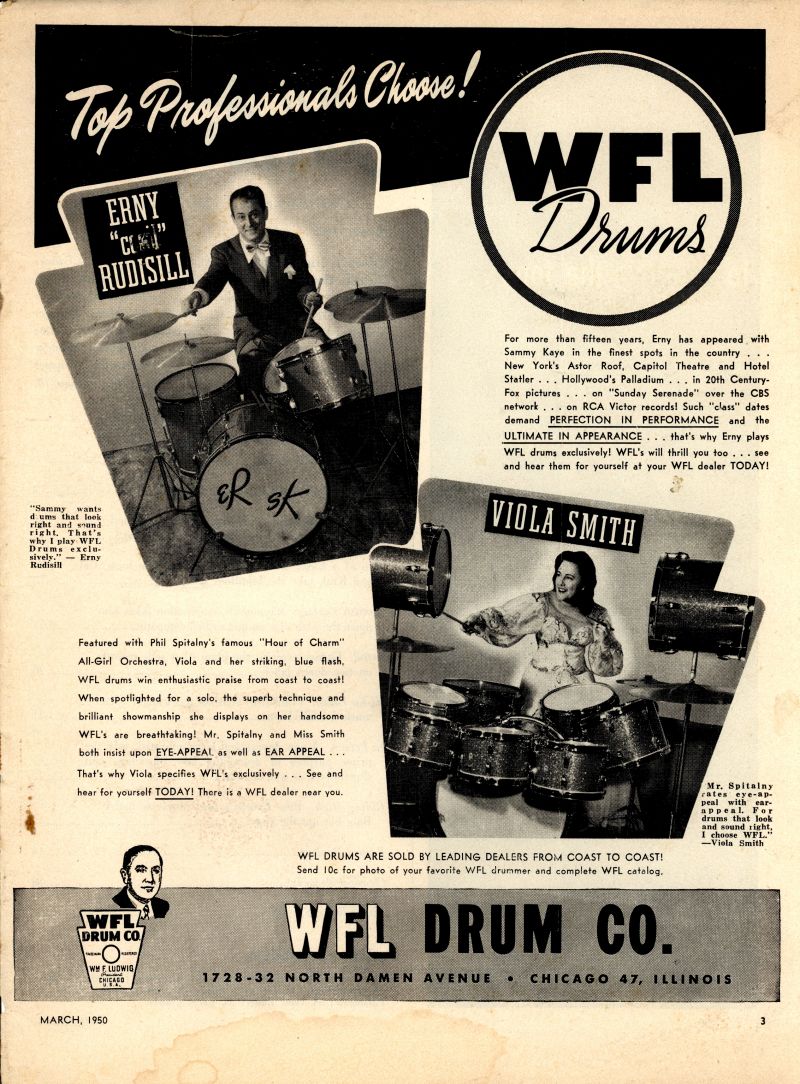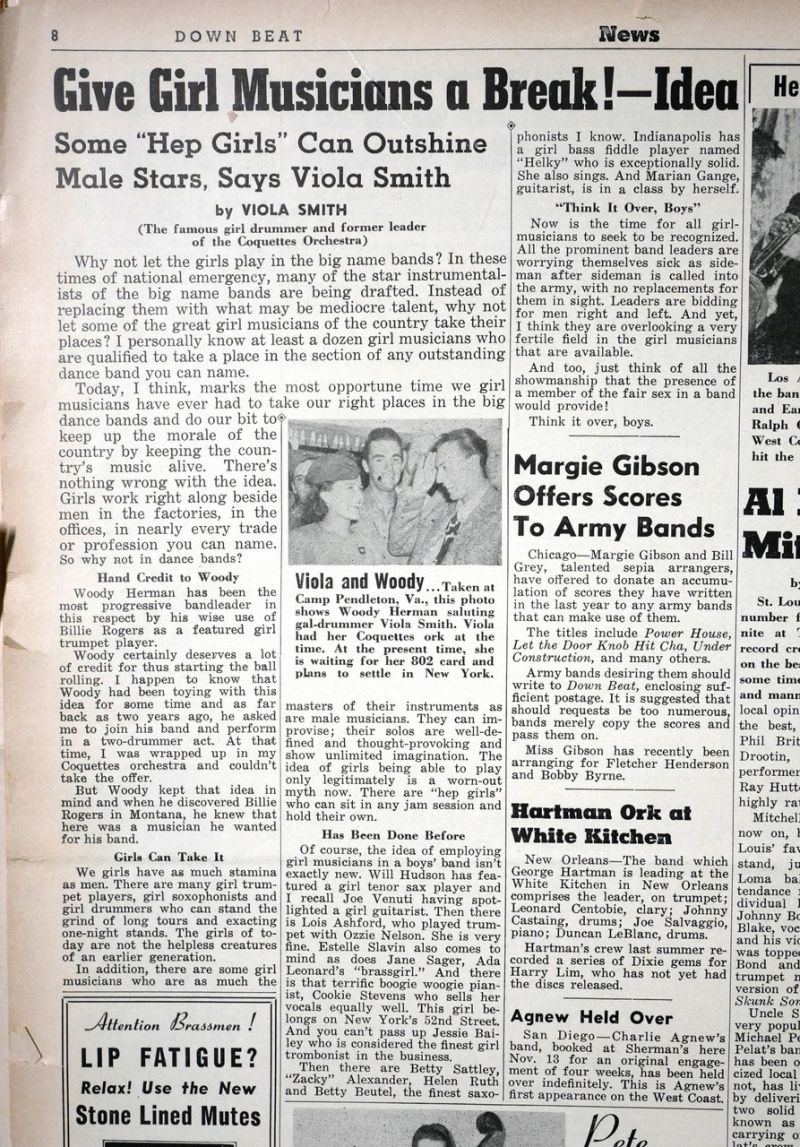NAMM Oral History Spotlight: Viola Smith
The year 1912 can be remembered for many iconic events in history, the entry of Arizona as the 48th U.S. state, the sinking of the Titanic and the election of Woodrow Wilson as the 28th President of the United States of America. With the start of World War I still two years away it is hard to believe that 1912 was also the arrival of the oldest, still living participant in the NAMM Oral History Program.
Viola Smith, born November 29, 1912 is preparing to celebrate her 107th birthday this month and like countless birthdays in the past this iconic drummer will kick off the celebration with a concert. The Costa Mesa, California resident is well known in her community for providing a short – yet powerful display of her lively drumming skills to mark another year as a proud musician.
Smith grew up in Mount Calvary, Wisconsin first exploring her love of music by learning the piano and then later branching out to play the drums and joining an “all-girl” orchestra, an idea conceived by Smith’s father, who along with Smith’s mother, operated a concert hall in Mount Calvary. With seven sisters, the Schmitz Sisters Family Orchestra thrived in the 1920s and 1930s with Irene on trombone, Erma on vibraphone, Edwina on trumpet, Viola on drums, Lila on saxophone, Mildred on bass violin, Loretta on piano, and Sally on bass saxophone. Touring the vaudeville circuit and playing summer concerts while some of the girls were on break from their studies, the group reportedly received their big break when they appeared on the Major Bowes Amateur Hour, a radio show broadcast from New York City.
Smith is considered one of the first female drummers in the American popular music landscape, a true pioneer in her time. Smith was an advocate from the start when it came to women breaking into the music scene. In 1942 Smith wrote an article for Down Beat magazine entitled “Give Girl Musicians a Break!” where she argued that female musicians could play just as well as their male counterparts.
With the orchestra breaking up in 1942, Smith moved to New York City where she attended a summer at the prestigious Juilliard and eventually joined the NBC Symphony Orchestra. Developing a signature style of 13 drums, with two 16-inch tom-toms at shoulder height, Smith could never be copied, although famed Louis Bellson was rumored to be inspired after a meeting with Smith to begin using two bass drums. During this same period, Smith recorded for films such as When Johnny Comes Marching Home and Here Come the Co-Eds and performed with icons such as Ella Fitzgerald and Chick Webb. Given the nickname the “female Gene Krupa” and the “fastest girl drummer”, Smith even had the honor of performing at President Truman’s 1949 inauguration.
Still reportedly playing as recently as April 2019, the centenarian is a staple in the Forever Young Band: America’s Oldest Act of Professional Entertainers. A gracious tip of the (hi) hat to Viola as we celebrate her 107th birthday this month and reflect on her continued contributions to music!



